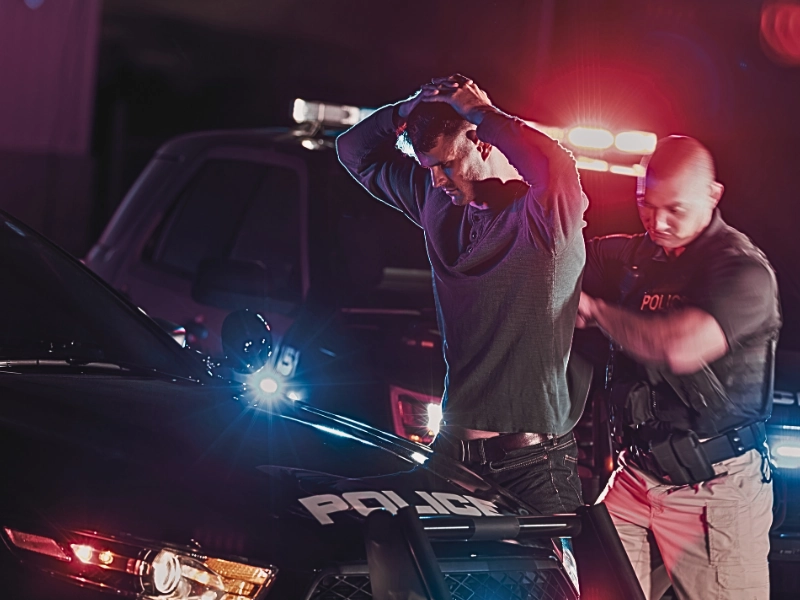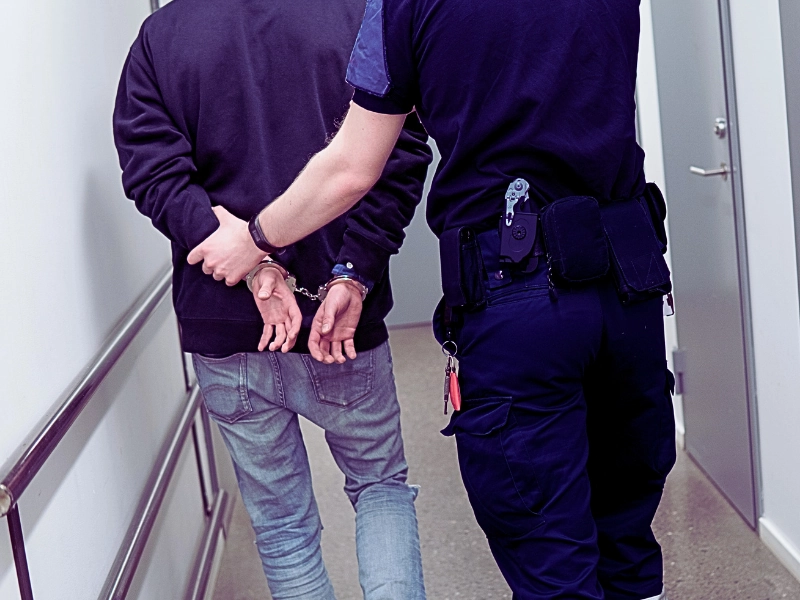Three Philadelphia men were accused of running a drug ring that was linked to a number of murders. According to ABC News, attorneys for the men sought to bar fingerprint evidence from the trial. A district court judge ruled that examiners cannot provide testimony alleging that prints found at a crime scene are a match to a defendant’s prints. The judge noted that there is not enough scientific evidence to establish that fingerprints are reliable.
Here in Minnesota and across the country, fingerprinting is a common practice used to determine whether or not a suspect committed a crime. While this federal judge was the first to question the reliability of such processes, there is substantial evidence to support his decision.
Flawed science
In 2012, an Indiana woman was convicted of several criminal charges, including stealing from and murdering her neighbor. According to the California Innocence Project, a detective testified that a fingerprint found on a pill bottle at the crime scene matched the defendant. However, the conviction, which came with a 55-year prison sentence, was reversed after a hearing determined that the detective did not have the proper training to analyze the prints.
In addition to insufficient examiner training, a Boston University study outlines several other factors that can detract from the reliability of fingerprinting or lead to wrongful convictions, such as the following:
- Prosecutors may refuse re-analyzing prints despite new scientific processes that would be more accurate
- Most crime scene prints only contain roughly 20 percent of the fingertip
- Crime scene prints may be smudged, affecting their appearance
Examiners typically analyze points along a print’s ridges in order to make a match. The Boston University finding states that there are no standards regarding how many points must be matched between a print and a suspect, with some examiners calling a match with three similar points and some using as many as 16 to make that determination.
More research necessary
In a 2011 study published in the Proceedings of the National Academy of Sciences, researchers asked 169 examiners to review 100 pairs of fingerprints similar to those that would be found during a criminal investigation. Overall, they found that in 0.1 percent of cases, examiners made false positive errors, and in 7.5 percent of cases, examiners made false negative errors.
The Federal Bureau of Investigation had requested further research into the reliability of fingerprints, prompting this study. Indeed, as the scientists noted, despite the use of fingerprints as evidence for more than 100 years, there is not much scientific evidence to support that they are infallible. Before fingerprints are admitted as evidence in court and used to convict someone, there should be sound science supporting their reliability.






